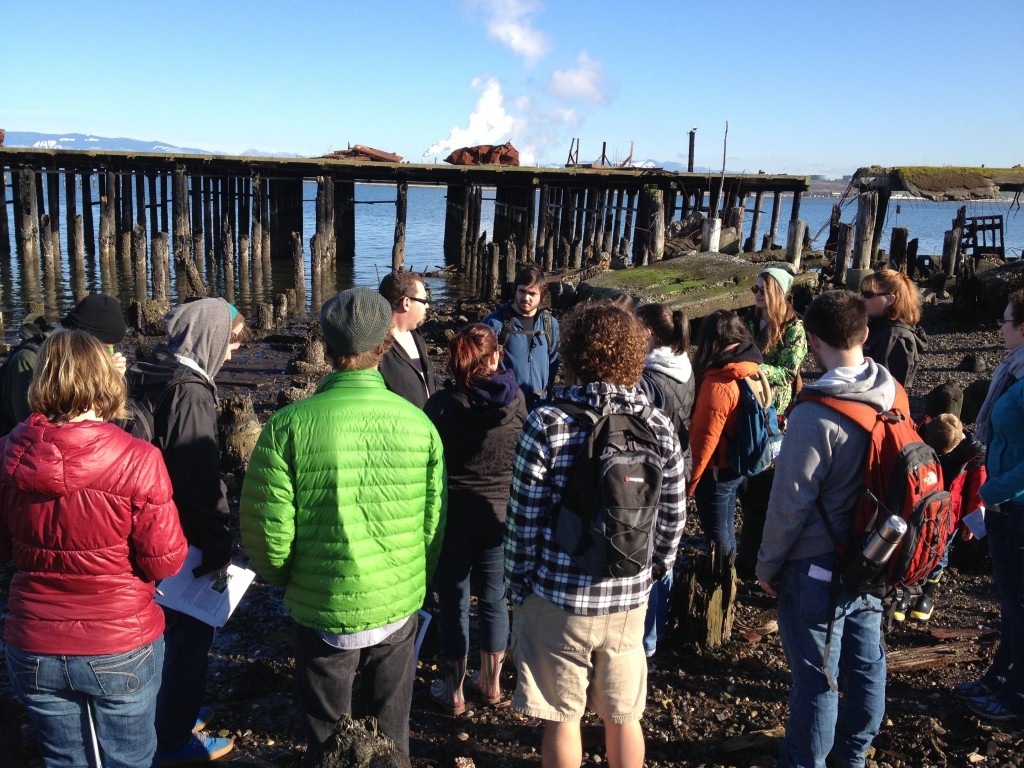In 2012, the College of the Environment began experimenting with a new way of educating undergraduate students about contaminated site cleanup in Washington state. Drs. Ruth Sofield and Rebekah Paci-Green brought environmental science and toxicology students together with environmental journalism and policy students.
 Together, students and professors created student-led projects that delved deep into the science, management and public outreach of communication contaminated site cleanup. SMOCS became its name. The Department of Ecology helped fund the course though resources dedicated to public education and outreach. These funds made it possible for students to delve into lab research, travel to cleanup sites across the state and talk with the communities, regulators and scientists involved. The class remains free to choose what and how to study the cleanup process. Zander Albertson has been teaching with Ruth Sofield since 2019.
Together, students and professors created student-led projects that delved deep into the science, management and public outreach of communication contaminated site cleanup. SMOCS became its name. The Department of Ecology helped fund the course though resources dedicated to public education and outreach. These funds made it possible for students to delve into lab research, travel to cleanup sites across the state and talk with the communities, regulators and scientists involved. The class remains free to choose what and how to study the cleanup process. Zander Albertson has been teaching with Ruth Sofield since 2019.
This website is the result of students in labs, behind cameras, in front of microphones, and at the drawing board. Through each consecutive year of the course, they have added to a growing wealth of material aimed at educating the public about Washington’s approach to cleanup. Within this website, you’ll find interactive maps where you can learn more about contaminated sites in your community and their history. You’ll find examples of the scientific projects students designed and implemented to improve their own understanding of the issues and contribute greater knowledge to a broader community. You’ll find documentaries from communities that have faced daunting challenges as their rivers, shores, and parks were cleaned up. You’ll even find a series of comic books that follow the adventures of Dr. Tox and her band of The Remediators superheros as they rid their communities of toxic villains.
Come back each summer to see new installments from our talented team of undergraduates.
